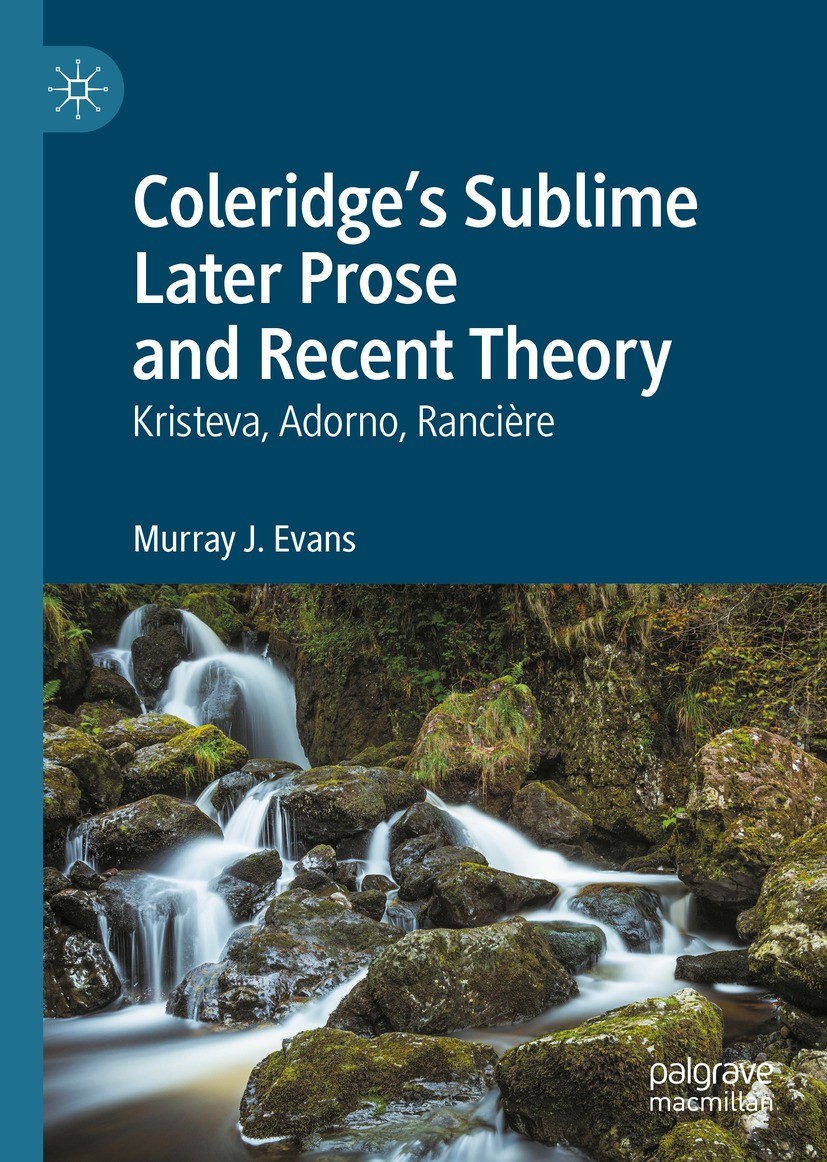
The Friends of Coleridge are very sad to report the death on 25 June of David Worthy. He was 82.
David Worthy: a tribute by Justin Shepherd, Chair, The Friends of Coleridge
David stepped down from the committee of the Friends of Coleridge in 2015 after nearly twenty years of service. Long serving committee members will immediately think of his outspoken views often delivered with waspish humour from an armchair in Shirley Watters’s house in Castle Street, of his geniality of mien and of his mild disdain of ‘academics’.
What more recently appointed committee members may not fully appreciate is that he brought valuable professional and technical skills to the organisation when first invited to join by Reggie Watters, the then Chair, which he then generously used to further the work of the Friends.
David was brought up in Stowey from the age of six, won a scholarship to Dean Close, and went on to attend the College of Estate Management, University of London, duly qualifying as a Chartered Surveyor in the Building Section. He worked in the family business for a few years, but, keen to specialise in Listed Buildings, he set up on his own in London in 1971, and in due course he gained the confidence of the London County Council Listed Buildings department, who would accept proposals for work on buildings up to Grade I status, such as the Inns of Court and Maids of Honour Row, Richmond. Private clients included Eric Newby, the travel writer, the Churchill family, Fountain Court Chambers, Inner Temple, Dan Cruickshank and the Principessa Virginia Scaretti-Borghese.
He retired to Stowey in 1996. Reggie Watters immediately invited him on to the committee to help present proposals to the National Trust for the use of the £20,000 the Friends donated to mark the bicentenary of Coleridge’s arrival at the Cottage. These proposals included the opening of the upper storey of the Cottage to visitors and to develop a display room. Formerly only rooms on the ground floor had been open to visitors. Professional surveying and design skills were required to make the case effectively. These David provided.
The Cottage was duly reopened in the summer of 1998, the bicentenary of the publication of ‘Lyrical Ballads’ and of Coleridge’s departure with Wordsworth to Germany. Since then, David was on hand as an inexhaustible source of expertise and information about the construction of old buildings in general and of the Cottage in particular.
David brought to the Friends not only professional surveying skills but also IT and what used to be called ‘desk-top publishing skills’ at a time when these were far from ubiquitous. He worked with Graham Davidson on the Bulletin for many years, formatting text and laying out the images and, until recently, he produced a series of elegantly designed programmes for the autumn study weekend. Some years ago I went to see him in his house in Over Stowey, which has a wonderful view over the Quantocks, and saw his very well equipped office. There was an up to the minute Apple Mac with a large format screen. It was mostly on this that he produced his series of illustrated books with a Quantock theme. The first one I came across was his little edition of the John Walford story, called ‘A Somersetshire Tragedy’, a scholarly summary of most of what is known about that sad episode, which formed the basis of a lost work by Wordsworth of the same name/title. David acquired over the years a very large archive of photographs and images of the Quantocks, to nearly all of which he added a detailed caption, as he did in his other large-format softback books about the Quantocks and in his book on the Hunts of Exmoor and the Quantocks. All these publications are not only entertaining but are also a mine of accurate, detailed information about the area and of the people who have lived there, particularly since the advent of photography.
However, it is his as yet unpublished edition of the Holland Diaries which will probably prove to be his most important contribution to local studies and, tangentially, to Coleridge studies. His edition of the diaries of the irascible but humane parson of Stowey in the late eighteenth and early nineteenth centuries will be in two volumes, and especially remarkable for its detailed annotation of all the people mentioned. It is to be hoped that this edition is eventually published, because these important and entertaining diaries have only appeared to date in a much shortened form.
My own fond personal memories will include his sympathetic help with my rudimentary computer skills at moments of crisis and his good humour and friendliness at the seemingly endless meetings we attended together, chaired by the ever placid Tom Mayberry, while the National Trust were being gently steered towards a decision to renovate and develop the Cottage into its present state.





